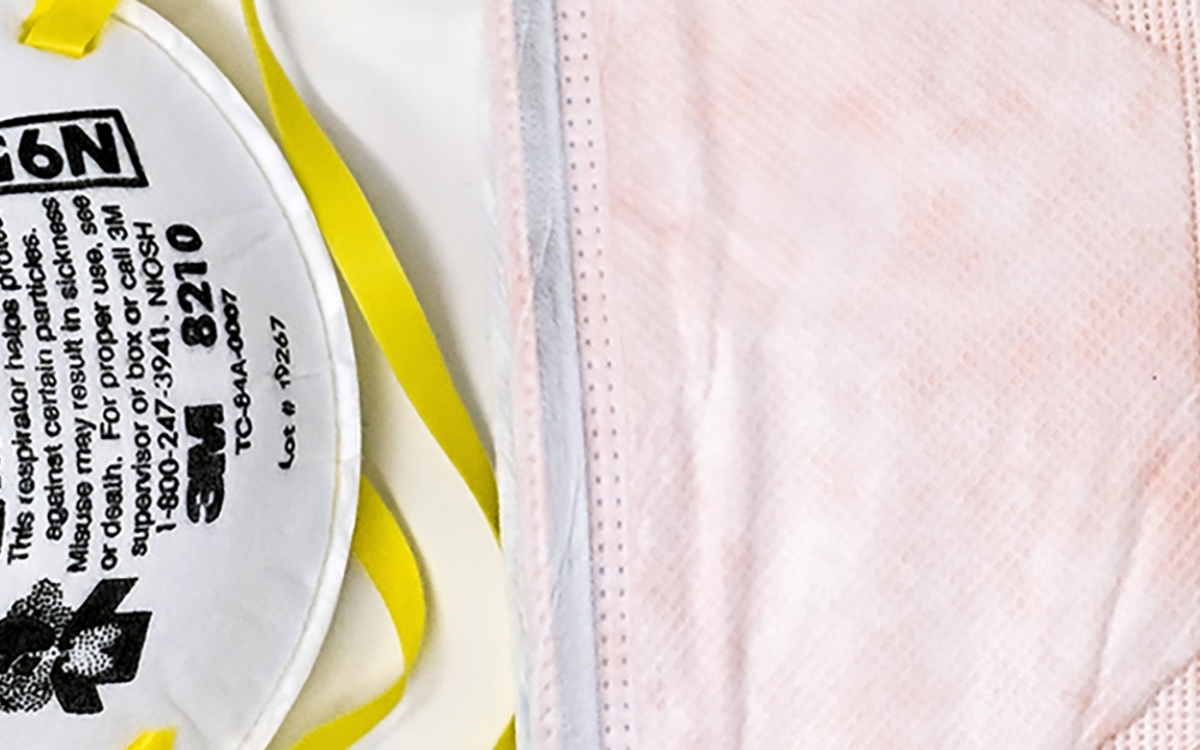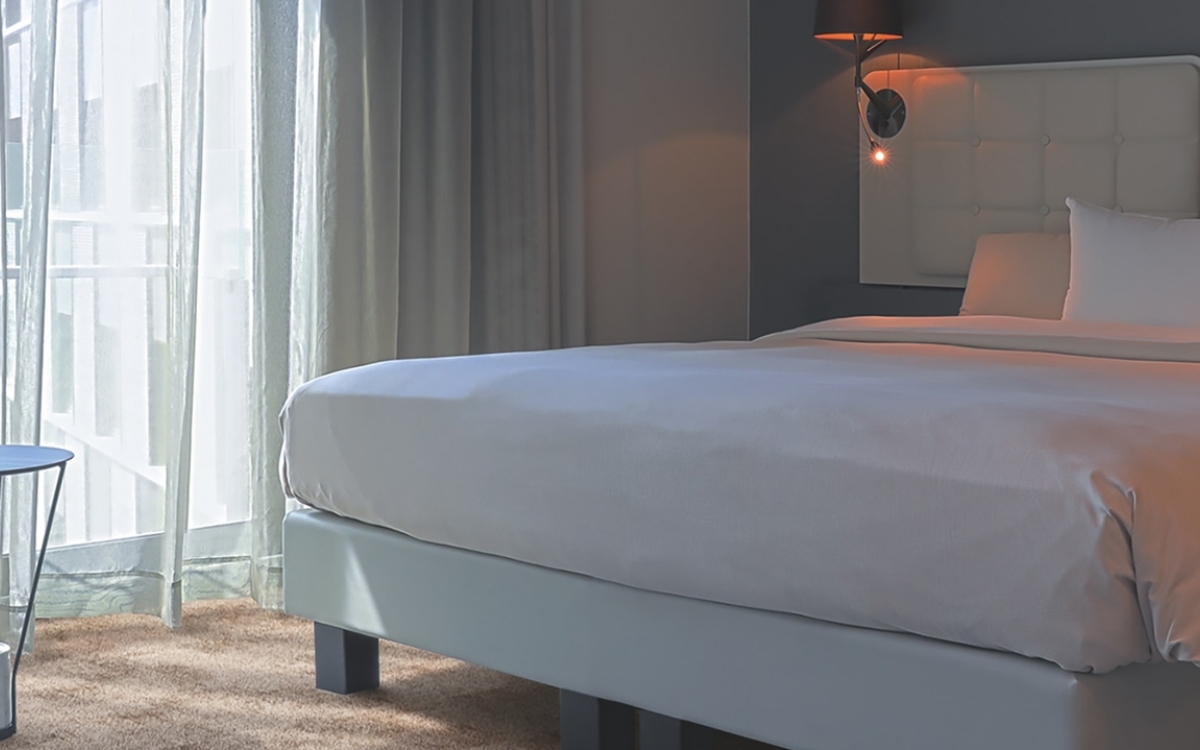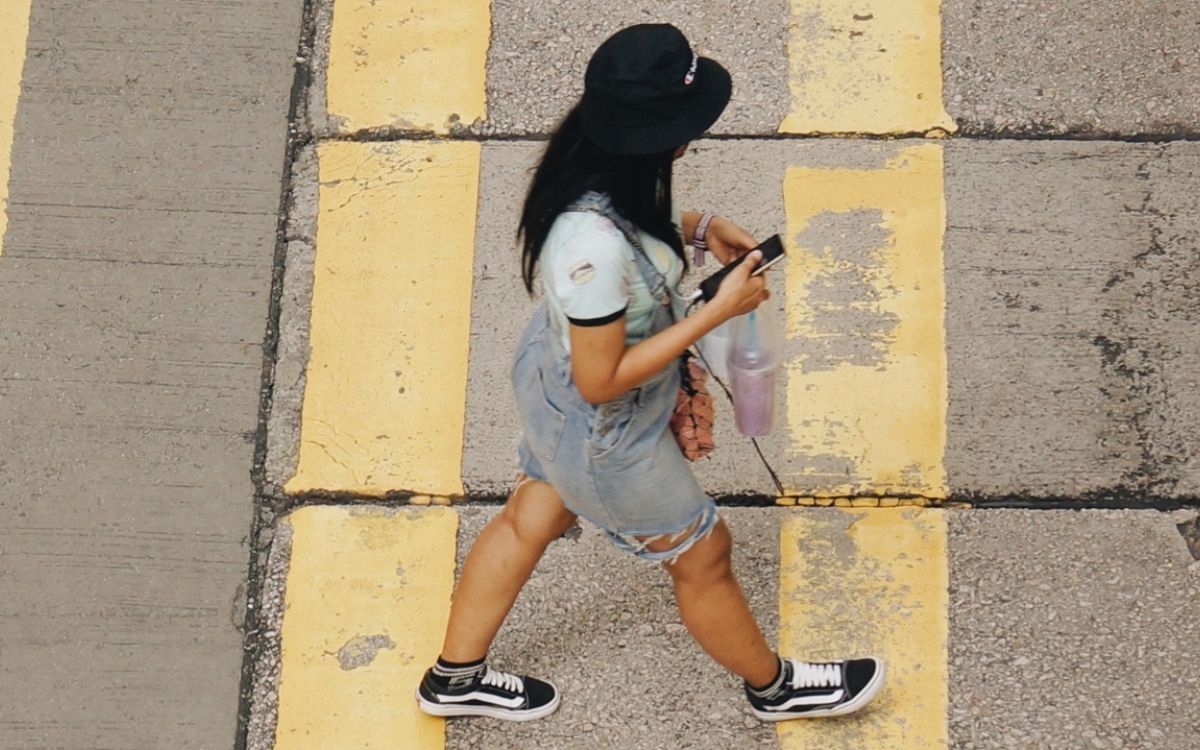Jan 27, 2021
And for all of us, travel has been impacted due to the global pandemic. We are trying to balance our want to travel with our need to stay safe and healthy.
The good news is that technology is making it easier for us to stay informed and keep safe. Whether it’s technology you use or can take advantage of -- or both.

As one of the best ways to protect yourself and those around you against the COVID-19, face masks are here to stay for the foreseeable future. Luckily technology is being used to help make them more effective at keeping germs at bay:
Filters. Medical professionals wear N95 masks because they are actually filters. For non-healthcare works, there are plenty of options now on the market, such as these Buff Filter Tube masks, that have pockets for disposable filters and even some with permanent filters.
Fit. Look for a mask with features that allow you to create a tighter fit around your nose and ears. Features such as an adjustable, bendable nosepiece and adjustable straps around the ears or head.
Layers. Layers of anything are almost always better. More layers in the fabric of a facemask is better than one.
Zinc Oxide Nanaparticles. The company Sonovia has proven with extensive testing, and received a patent for their technology, that a face mask with zinc oxide nanoparticles in the fabric is 90% more effective against the transmission of coronavirus. Plus, ll of their facemasks are reusable making them more sustainable.

The more you can social distance yourself from others the better and technology is here to help avoid crowds before you arrive. That’s more of a challenge when taking public transportation to get around --normally the easiest and cost-effective way to see a city. Cities and companies around the world know how important public transport is to keeping a city running and are investing billions of dollars to use technology to disinfect and inform riders.
Use the map app that either comes with your phone or download one that can help you find more than directions. Map apps have gotten so smart that they can now show you information like face mask requirements for many countries around the world and also show you live data to monitor if the public transit you need is busy, in addition to showing you historical data.
Visit the city’s tourism website or that of the transit system you want to use to read updates on the protocols and procedures they are taking during the pandemic to keep riders safe as well as tips.

We know that Covid-19 is airborne hence all the precautions we have been told we need to take. What if you could clean your airways like you clean your hands?
There is a new device on the market - a nasal spray called FEND - created by a Harvard scientist David Edwards that claims to do just that. You take 2 deep breaths of the spray, about 3 times a day, and tests have shown it gives you an extra layer of protection from having the virus infiltrate your lungs and reduces your chances of exhaling droplets of Covid-19 for a period of a few hours.
It’s another example of the ways technology is trying to ensure that we are more protected as we travel (whether we fly or stop at road stops), stay at hotels, or venture out to a restaurant, take in the sights, or walk around town.

Hotels know that in order to get heads in beds they need to build confidence and do everything they can to keep guests safe. Like most things during this time, hotel rooms have never been cleaner with the investments being made in technology that aids safety and cleaning practices as well as to create more social distancing. What can you do:
Check to see if your hotel has an app for contactless check-in, digital room keys, and check-out so you can avoid the front desk altogether.
Forgo housekeeping. The room will get a good scrub before you check-in but it’s best to avoid having others come into the room until you leave.
Do your best to avoid sharing the elevator with other guests. Be patient and wait for the next one. Either try pushing the button for your floor or the lobby with something other than your finger or make sure to wash your hands or use hand sanitizer before touching your face or anything else.
Bring a clear plastic bag with you to put the remote in. It’s a low tech solution to protect you from one of the germiest objects in the room.
Travel with this nifty, portable coffee maker. It brews the coffee and serves as a mug while also cutting down your exposure to others as you need a caffeine fix on the road.

With safety a huge concern for people, especially health safety during a pandemic or personal safety when traveling to unfamiliar locations, there is one app that stands out that helps you stay safe. GeoSure is a free app available on smartphones or watches designed to take into account safety concerns that matter most to YOU and provide you with a real-time update on the safety score of a certain area. The score is based on a rating scale from one to 100, with the higher number being safer for the criteria that matter most to you. For example, scores are measuring health and medical (from Covid-19 outbreaks to access to medical care and local hygiene); personal harm; theft; basic freedoms, nighttime vs daytime safety, women’s safety, and LGBTQ+ safety with more categories to come. The app covers over 65,000 locations across the world and draws upon hundreds of sources to develop the ratings. Sources include the U.S. State Department, the World Health Organization, the United Nations, the Center for Disease Control, and user reviews. The rating factors in criteria including women’s safety, political freedoms, physical harm, theft, and overall safety. Recently, the app added functionality to launch localized LGBTQ+ safety ratings. Download today for iOS or Android.